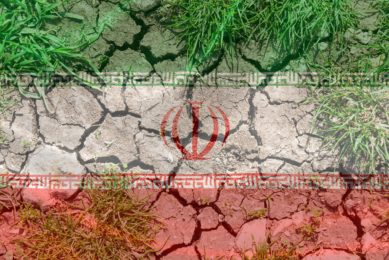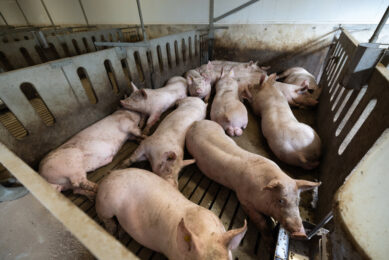Ecotoxicology in agriculture: crop risk management
At the International Fresenius Conference ‘Aquatic and Terrestrial Ecotoxicology and Risk Management’, experts discussed current subjects in the agrochemical industry.
Plant protection products can have undesired effects and may become hazardous to the environment.
A major goal of ecotoxicology is to understand the concentration of an agent at which organisms in the environment will be affected.
Developments in risk assessment and regulatory aspects were core themes on the 10th International Fresenius Conference on “Aquatic and Terrestrial Ecotoxicology and Risk Management” in Frankfurt (Germany) on 2 and 3 December 2010.
Seeds of many crops are treated with insecticides to protect young seedlings against pests. Active substances used in plant protection products are the chemicals or micro-organisms that are the essential component enabling the product to affect.
Mitigation of dust drift – proper handling of seed
Dirk Rautmann of the Julius Kühn-Institute (JKI), Germany, informed the audience about seed treatment issues and risk management options.
“The assumption that relevant amounts of the insecticide drifted into neighbouring areas by sowing was confirmed with analysis of plant material and dead bees,” Rautmann said.
He showed that the analysis of different seed batches indicated a loss of active substances of up to several grams per hectare in the form of loose dust drifting to neighbouring areas during sowing. Seed bags of different batches were taken from the market and sieved.
Different amounts of loose dust were detected and the content of active substances was analysed (representing seed for about one hectare): In 2008, the content of active substances in dust of corn seeds was in average about 20%. The content of active substances in dust of oilseed rape was four time less at about 5% in 2007.
Abrasion dust
The machines used today for sowing maize are mostly precision air planters with vacuum singling, Rautmann explained.
The main problem with all these machines is that abrasion dust containing a lot of seed treatment products is blown through the fan outlet into the air and drifting to flowering plants nearby but sometimes also further afield.
Rautmann: ”In the meantime, the legal regulations have been modified resulting in both higher quality of seed coating as well as drift reduction.”
QA system
Rautmann suggests specific procedural criteria for implementing a quality assurance system. He proposes probational seed treatments when using new recipes or seed batches.
Responsibilities had to be defined and there should be a thorough documentation of the complete seed treatment process.
Clear and precise work order would be as necessary as competent and experienced staff, he explained. Retaining samples and improved labelling seed bags would be also important.
EFSA guidance document
The new EFSA guidance document “Risk Assessment for Birds and Mammals” gives several options and information about possible methods to refine the risk assessment.
Such a refinement could be done by considering ecologically more relevant toxicological effects as well as by modelling a more realistic exposure scenario, said Christian Wolf of Rifcon (Germany).
“Advanced tools for refining the risk assessment for birds and mammals are field effect studies: Such studies can integrate all toxicological effects and realistic exposure conditions and cover all exposure routes and ecological parameters of the bird and mammal species in the field,” Wolf described.
Those studies could use up-to-date field techniques, such as radio telemetry, to evaluate reliably the fate of exposed bird and mammal individuals considering all time scales relevant for the risk evaluation, from acute to chronic.
Another powerful tool of a higher tier risk assessment could be a post-registration field monitoring during the first seasons of the commercial use of a product, he said.
“With such a monitoring the uncertainty of the results of a higher tier and complex risk evaluation can be verified under practical use conditions of the product.
“Also, assumptions resulting in a weight of evidence approach, which is normally based on various data sources, can be proven and supported by such larger scale monitoring activities,” Wolf resumed.
The complete Fresenius conference documentation including scripts from all the presentations can be purchased at the Akademie Fresenius for €295 (plus VAT).











